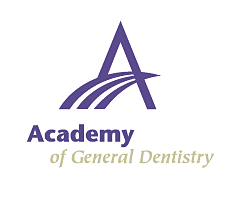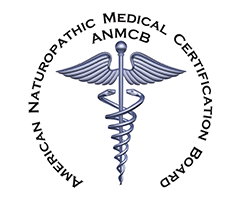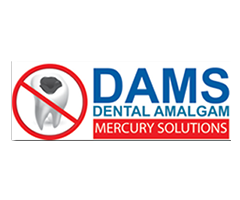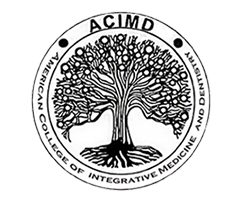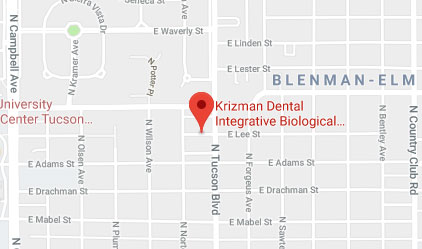Call
520-326-0082
or E-Mail Us
1601 N. Tucson Blvd. Suite #35, Tucson, AZ 85716
Book An Appointment*Only applicable for existing patients
Get Directions
Cavitations
Tucson Biological Dentistry
~ Richard K.
"Dr. Krizman and her staff were very detail-minded, conscientious, and caring in the dental care that they provided me. That includes Dr. Krizman, the dental hygienists and the receptionists. I felt that they are all very good at their jobs and know what they are doing. They seem to be very concerned about good dental health and were effective in communicating to me how I should go about taking the best care of my teeth. They make good use of the advanced technology that they use in their work. It's been an educational experience for me as well. They have answered all my questions concerning my teeth and the health of my gums, etc. and I now have a much better understanding of what I need to do to take care of my dental issues. I would recommend them to anyone."
 Cavities and cavitations are similar only in the fact that each is a hole. There is a significant difference between the two that makes a cavitation a much more serious problem. A cavity exists in the crown portion of a tooth, while cavitation develops in the bone beneath a tooth.
Cavities and cavitations are similar only in the fact that each is a hole. There is a significant difference between the two that makes a cavitation a much more serious problem. A cavity exists in the crown portion of a tooth, while cavitation develops in the bone beneath a tooth. Cavitations have been studied since the early 1900s when Dr. G V Black, the father of operative dentistry, noted "hollowed out" areas in the bone beneath certain teeth. Today, this term describes not only empty holes of necrosed (dead) bone tissue but also infected bone and ischemic lesions in which oxygen is lacking. Cavitations are often found beneath root canal teeth or extraction sites. Sometimes they may develop where wisdom teeth have been extracted. There is a risk that a cavitation will spread from its original location, penetrating the wall of the sinus cavity or encompassing nerves in the jawbone.
In the event that extraction is performed in our Tucson office, Dr. Krizman will incorporate ozone into the removal procedure to minimize the risk of cavitation. Ozone is a powerful disinfectant that also encourages circulation, a necessary component to the regeneration of bone tissue beneath an extraction site.
It is important to treat an existing cavitation appropriately. There are several steps involved in the treatment process and each may differ depending on various factors. Ozone may be strategically injected into a cavitated area to inhibit bacteria and stimulate a regenerative response. It may also be necessary to address the cavitation with surgery. The surgical procedure is performed to remove diseased particles of bone from the area. Finally, biocompatible material may be applied into the cavitated area to encourage new growth to close the hole.
Our intent is to work in concert with your body's natural tendencies. We keep this in mind whether we are removing a tooth, addressing decay, or treating cavitations. For more information on our biological dentistry services to Tucson patients, call our office today for your consultation with Dr. Jeanne Anne Krizman.
Cavitations are not the same thing as cavities! Cavitations due to disease can be treated holistically in the office of Dr. Krizman. Call 520-326-0082.
Testimonials
Tucson Biological Dentistry
 Lynn R.
Lynn R.
Rating: 5
 Top notch staff and services. I'm so happy to have found Dr Krizman and her team of highly skilled professionals who are genuinely interested in helping people with their dental and overall health. They treat the whole person and use the latest technology and techniques to do this. I feel well cared for in each visit.
Top notch staff and services. I'm so happy to have found Dr Krizman and her team of highly skilled professionals who are genuinely interested in helping people with their dental and overall health. They treat the whole person and use the latest technology and techniques to do this. I feel well cared for in each visit.

Read More Reviews






